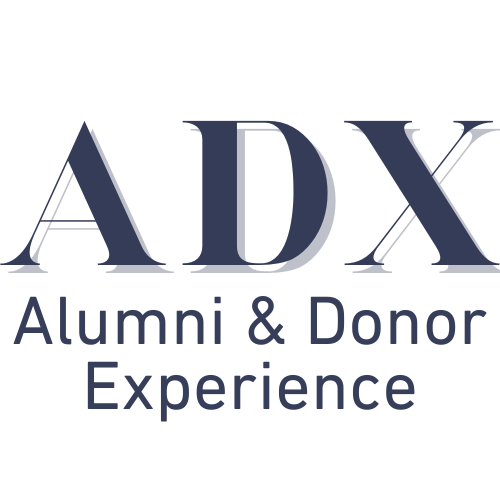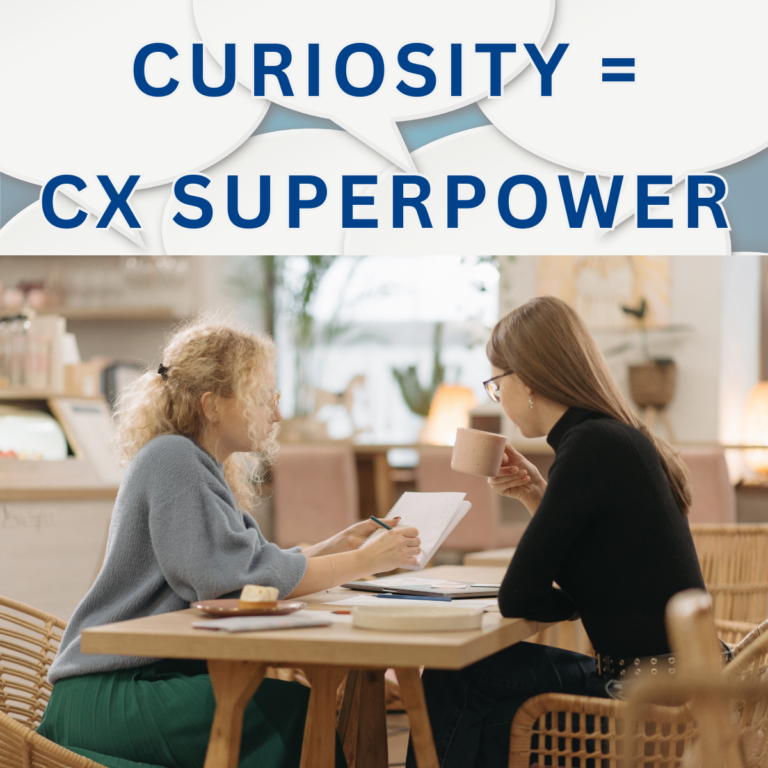Throughout the pandemic, I had the opportunity to listen to my husband talk about generating ARR. What is that? Annual Recurring Revenue. He’s a fractional CRO and works with early-stage companies to predict their revenue for the next quarter/ year/ five years. What he does is extremely valuable to companies that just received their series A or B as it helps the CEO/ Founder and investors set expectations and, better yet, predict their annual revenue.
This metric, frequently used in software as a service (SAAS) companies, provides an understanding of their high-performing customers’ value to the organization. It helps to predict the revenue for the next year, three years, and five years (depending on the average subscription length). Development and Alumni Relations should begin implementing this measurement as a critical metric to gauge the health of the engaged alum body. In addition to quantifying annual donations, it can be modified to apply to event attendance.
Let’s begin by looking at annual recurring revenue, ARR, and how it translates to giving and event attendance.
“Wait,” you’re saying, what’s this annual recurring revenue? It’s not a metric that I’m familiar with. Sure, I know what lifetime giving is; it’s how much an individual has given during her lifetime, but why is annual lifetime value significant?
It looks at how much the donor could give based on her current giving rate. The more consistent the giving, the easier to quantify. Like anything, it’s far easier and cheaper to keep donors than to go through reacquisition campaigns year after year.
It’s becoming more popular to add an alumni engagement count to campaigns. In other words, in addition to the fundraising goal of one billion dollars, institutions are beginning to add a goal of the number of alums engaged during the campaign. The University of Toronto’s Defy Gravity campaign, for example, in addition to the goal of raising $4 billion, has an alumni engagement goal “the campaign will include a goal for alumni engagement: to inspire 225,000 alumni to get involved as volunteers, mentors, donors, participants, and leaders and encourage them to contribute their time and talent to the University one million times collectively.” Defy Gravity, University of Toronto.
Here’s where I stand on counting the number of unique alums interacting in some way (like Anthology’s engagement score) throughout the campaign’s lifetime – I don’t like it. At its core, it is about engaging new alums every year. While I understand that gaining/ uncovering lost and inactive alums is essential (not to mention the impact it has on rankings), I’m concerned that a disproportionate amount of resources will be used on people who have shown, through action, that they aren’t interested in being engaged with the institution.
Focus on growing the number of repeat engagers.
Instead, let’s focus on growing the number of repeat engagers. The more we can keep people engaged and coming back, the stronger our returns will be. I’m not advocating completely neglecting those who have disconnected from the institution following graduation; instead, I’m suggesting that the focus is on those who’ve shown some engagement (email opens, social media interactions, sporadic donations) within the last three years.
I’d love to know if you’re using a similar value. And if not, what can you do to begin creating it?
Reference:
The University of Toronto Defy Gravity Campaign; https://defygravitycampaign.utoronto.ca/about/




